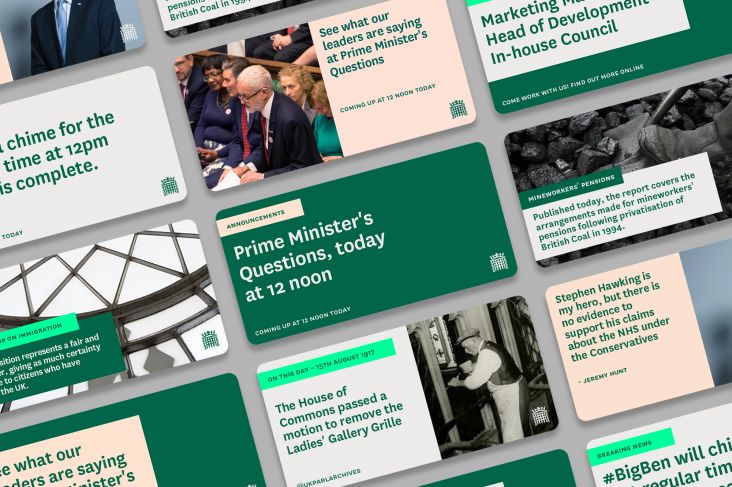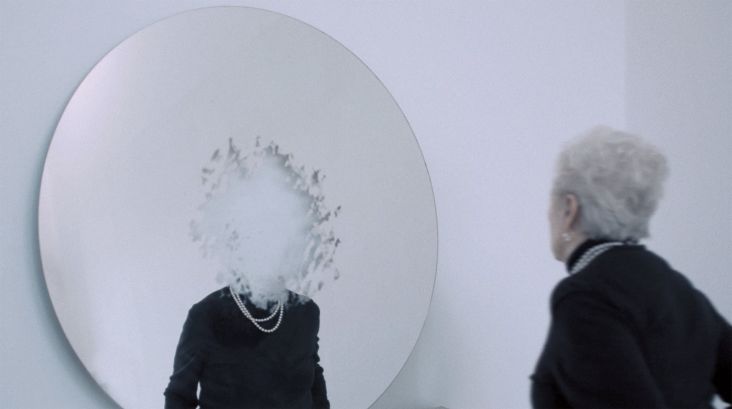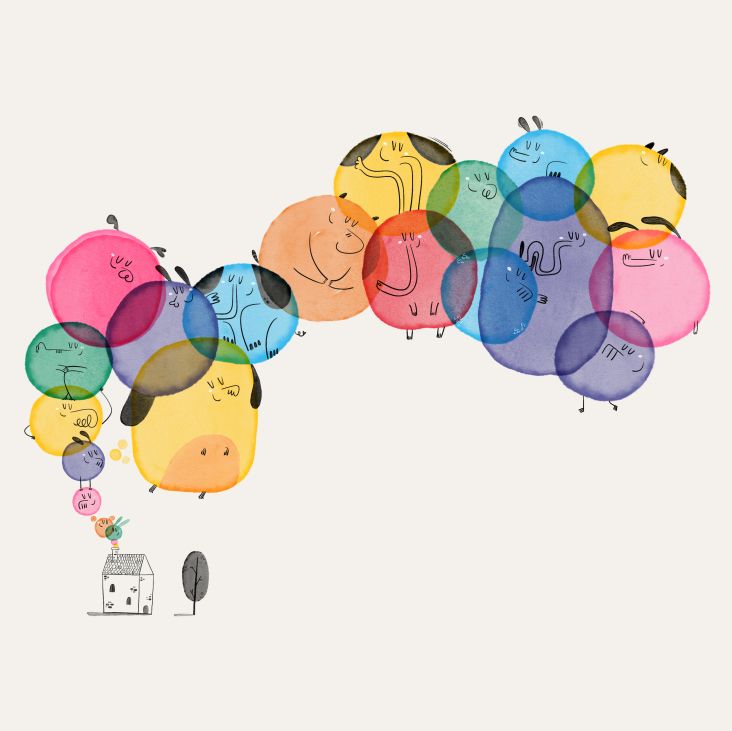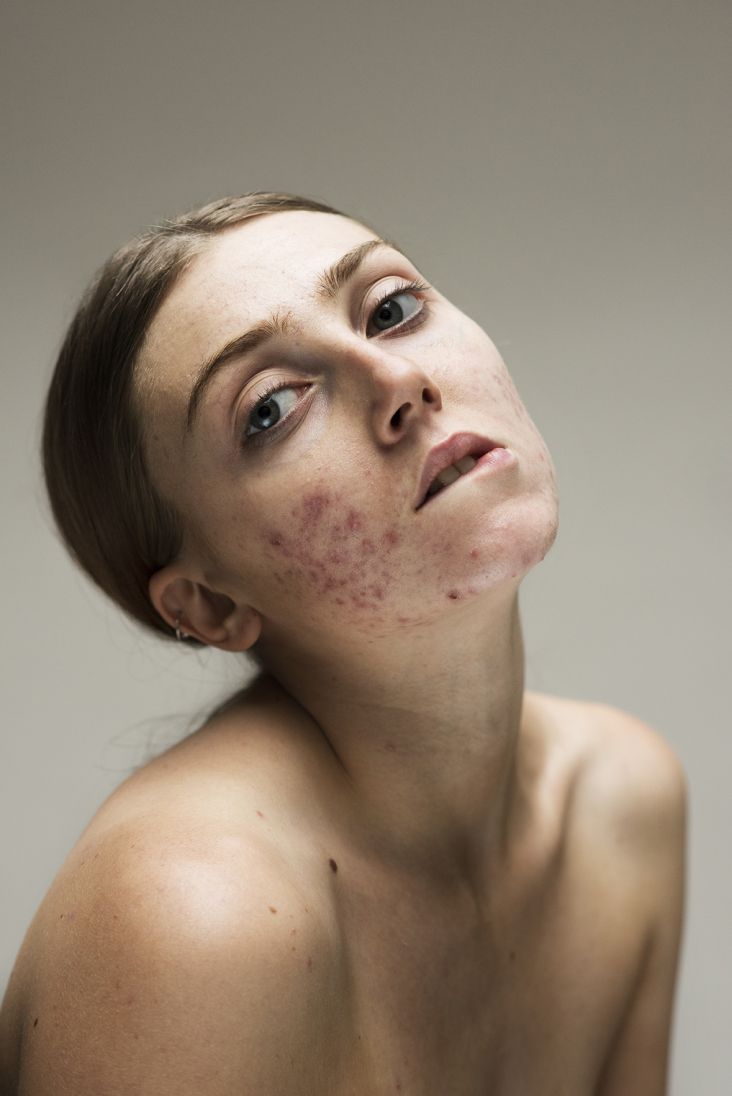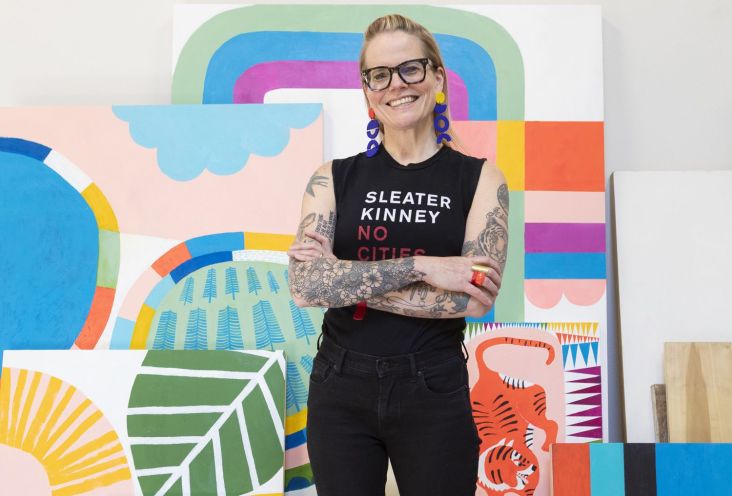Ben Eine on his new creative studio and what it feels like to be a 'celebrated street artist' after three decades in the making
Born and bred in London, Ben Eine is one of the most successful letterform artists in the world. You'll know him from his bright and beautiful artworks, dotted all over East London – especially his colourful and imposing letters on shop shutters.
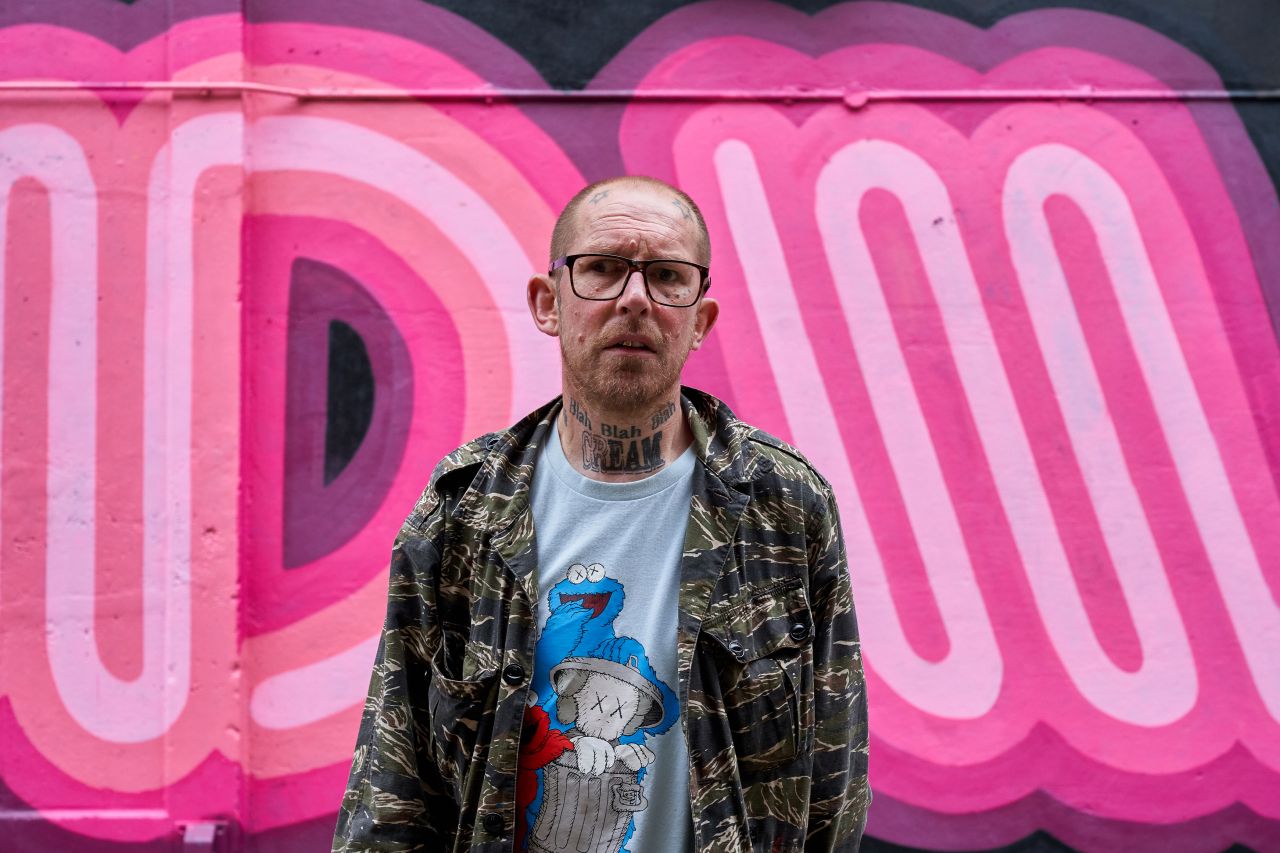
Photography by Louis Thornton Film © Louis Thornton Film
It was these huge letterforms that launched his career three decades ago and now he's back with 'Alphabet City 2', covering more than 40 shutters in Poplar with his distinct typography style.
The series is to promote his new creative studio, Our Types, which promises to be "at the forefront of artistic type". And this time, he's covering all the letters of the alphabet in lots of different styles.
We chatted to Ben to find out more about his new venture and also discover some insights into his career so far – from innumerous streets to high-end boutiques and the White House.
You've just launched Our Types. Tell us more
Our Types is a platform where me and some friends – street artists, graffiti artists, designers – get together and design bespoke typography, that we then turn into licenced products to sell. We also want to work with brands, offering them something new and exciting that they can't find elsewhere.
No one gives typography the credit it deserves. I looked at the art my friends and I are making and I thought, god if we actually applied ourselves, we could create something really new and different, and get our work out there.
With Our Types, we’re aiming for artists of any style to step out of their comfort zone. It’s going to be interesting to see what those who aren’t usually focused on type will come up with.
That's awesome. You've done something to mark its launch, haven't you? Alphabet City 2?
Yeah. When I first got into street art, I started off by painting individual letters on shop shutters. And I became slightly obsessed with doing this for a while. Over the course of a few months, I painted about sixty shutters around East London – Shoreditch, Hackney, Old Street, Brick Lane... And then I've kind of continued doing them since then, but only now and again.
To launch Our Types, I thought it would be cool to revisit my letters and paint the alphabet from A to Z but this time, make it more challenging: paint each letter of the alphabet in a different font.
So what I've done over a couple of weekends is paint 37 shutters in at least 20 different styles of font. I've not finished yet; I'm going to continue painting these letters on more shutters over the coming weeks.
Do you have a favourite letter?
The letter E. You can do lots of things with it. The lowercase E is very different from the uppercase E. You can stretch it, twist it and morph it into lots of different shapes and forms but it still looks like the letter E... Whereas the letter O is my least favourite.
You began your career during a time when graffiti was very much frowned upon. What was it like back then as a street artist?
Well, street art didn't exist. It was a completely different world. Certainly when you compare it to now when Shoreditch is completely covered in colour. Back then, if you were stood in the street with a can of spray paint, spraying something, it was automatically assumed that you were graffitiing and people would phone the police.
A lot of the first shutters that I painted, most of which were commissioned, I'd have to avoid any trouble by filling them in with paint and a paintbrush first and then just break the spray paint out for the final outline.
One shutter I was painting in the street, which I'd had permission to paint, this guy comes up to me and takes a picture of my face saying, "Right! I'm sending this to the police, you're going to get arrested!" People didn't like spray paint back then. Today, that's all changed and you can do pretty much anything you want in East London and no one is going to say a word.
It was a different time. I suppose back then you wouldn't have imagined being where you are now? A celebrated street artist?
No. Definitely not. I was very active in the graffiti scene: painting trains, tagging things and generally being a little horror (or little "shit", depending on how you want to put it). I never once thought, "Oh this is going to turn into a job one day. I'm going to travel the world and have tea and biscuits with the Prime Minister of the country". Not as I was stood there, having an irate member of the public threatening to send my photograph to the police, no.
I mean. I thought, maybe I can apply my work to t-shirts and make some money that way. But never in my wildest dreams did I think I'd be where I am now.
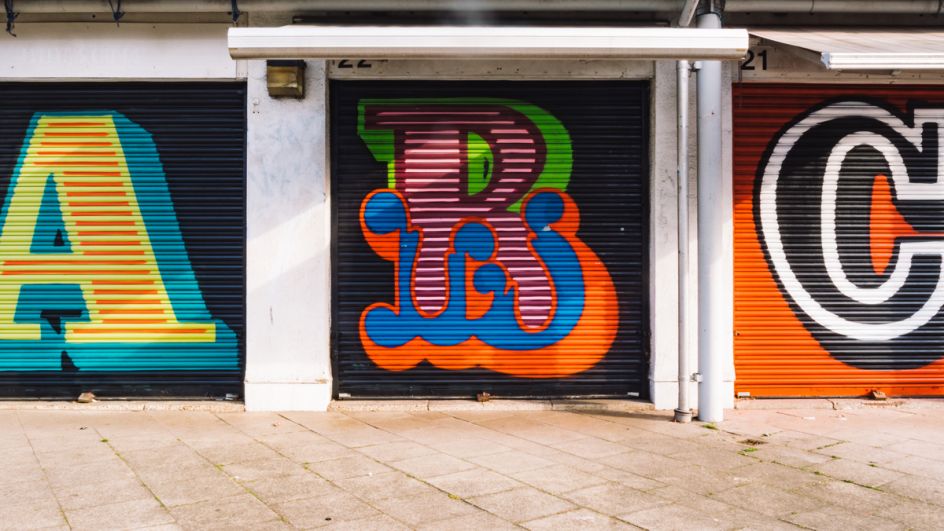
© Our Types
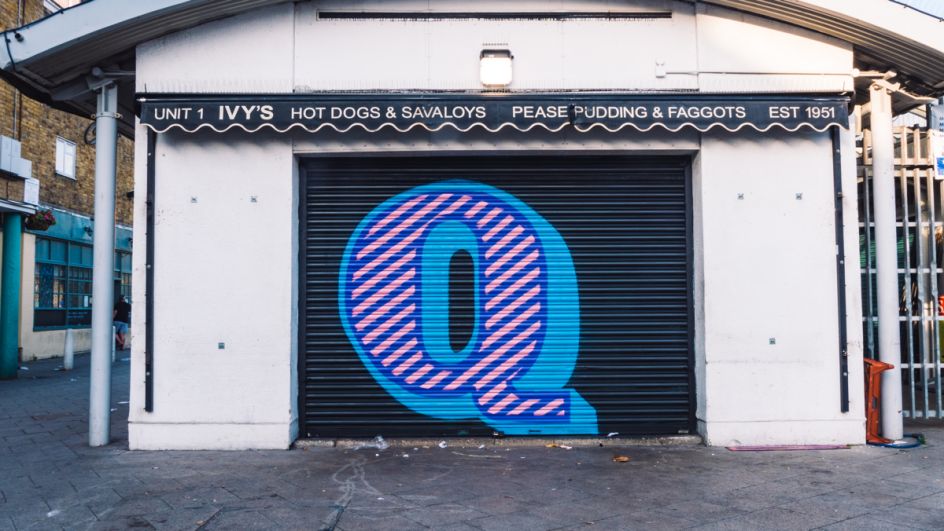
© Our Types
You've gone from alleged criminal to star of the show, really...
Yeah, "celebrated artist" [Laughs]. It is bizarre. A few years ago, I painted outside the British Embassy in Abu Dhabi. I guess it's like Johnny Rotten and the Sex Pistols becoming an upstanding member of British society. Selling butter on the telly and representing Great Britain. You know, it's now happening to me... [Laughs]
Does success as an artist depend on who you know?
No. But to be a successful artist, it's not just about sitting in your studio and making the most amazing painting in the world. That's fine. But the right people have to see your art. We sell paintings for tens of thousands of pounds, and your average person doesn't have that much to spend on a piece of art and probably has no inclination to do so.
So you've got to meet the people. Promote yourself on lots of different levels. Work with brands and lots of different galleries. It's a full-time job. A percentage of that is sitting in your studio and making art. But there are loads of aspects to becoming a successful artist. It's not who you know, it's who you get out and meet.
When you started out, you probably just wanted to create art, right? You didn't think about making money. When did you start thinking commercially?
I don't know. It's been a long, slow but incredibly enjoyable journey. There was a moment when I thought, "Right, I'm going to give up work and become an artist". Two weeks later and I was back on a building site.
There came a point when I didn't want to work for anyone else. I wanted to work in the creative industries. And I wanted to make money by doing something I love. But actually going from making art and not getting paid for it to having solo shows and making money... that's not been an overnight thing.
Now you're doing so well, how do you keep a balance and retain your integrity?
I do a huge amount of free work. That's when I can be most creative. Because the more you get paid, the less creative freedom you have. That's the balance, really. If you want complete creative freedom, find what you want to paint, pay for the paint and do it in your spare time.
I'm lucky. I've got a good life. I live in central London. Don't have a car. I cycle to most places. I've got a studio. I don't crave and desire loads of material things. I'm happy spending a lot of time doing what I want to do.
When you look back on your career, years from now, what would you say you're most proud of?
Helping to change the look of areas for the better.
I like that. There was a time when people thought street art was an eyesore. And now it's so celebrated, that if people spot a Banksy, for example, they will carve the wall out and take it with them. How do you feel about that?
Kind of mixed. I did a documentary called Saving Banksy a couple of years ago and it was all about this guy from San Francisco who spent a load of money on saving, restoring and donating a piece by Banksy to a museum, so it could be kept forever.
During the same time, I went to this Keith Haring exhibition in San Francisco and the most interesting pieces were the old subway posters that somebody had stolen. Banksy doesn't produce a huge amount of work. You never see his canvases or fine art pieces for sale; they're all in private collections all over the world. So in a hundred years' time, when a museum puts on a show about Banksy, the only pieces people will see are those taken from the streets.
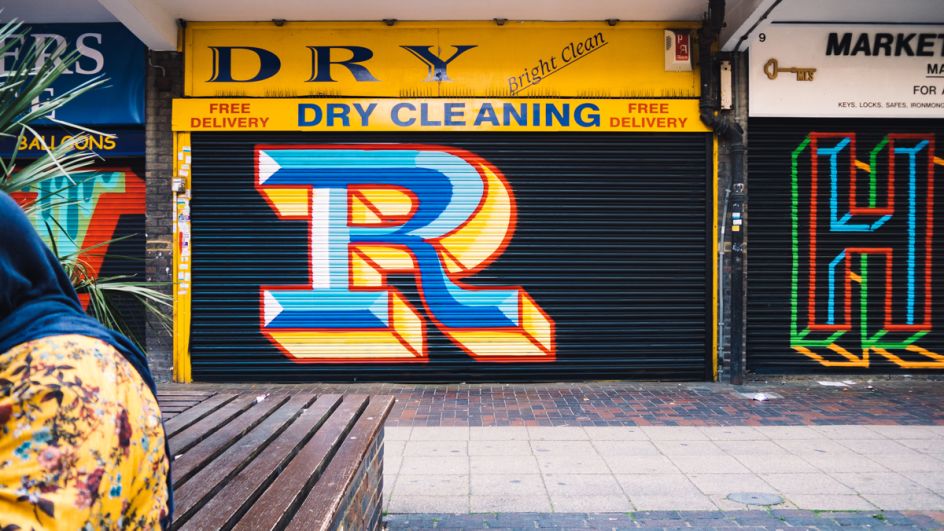
© Our Types
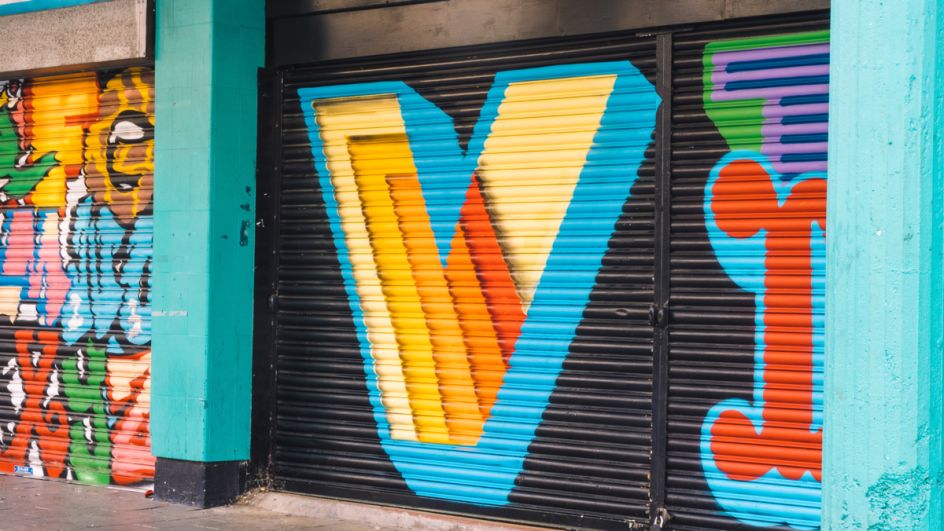
© Our Types
If an artist such as yourself or Banksy puts something out there in public, is it no longer yours?
Ooh, that's a whole different conversation. Well, it's mine with regards to intellectual property rights. But it belongs to the building owner, so they actually own the painting. And it's within his or her rights to do what they want with it – paint over it or carve it out the wall and sell it to somebody... you know, that's up to them. But they don't own the image; the image stays with the artist.
I'm quite fortunate in that most of the things I paint are too big. So I don't really have that problem. The stuff we produce in our studios is the stuff that we want to last forever. The stuff that we paint on the streets has a sell-by-date. Most things out there don't last that long.
Things we paint on the street are painted with the understanding that they're not going to be there forever. But the art we create in our studios, the stuff we actually sign the back of, sell and hang up in a gallery, that will hopefully be around in a hundred years' time.
With street art, no matter how long it lasts, you just hope you can make a difference to an area or perhaps make someone smile.
Is that your legacy then? Do you want to colour the whole of London?
The world! [Laughs] Why stop at London? I'm off to Madagascar this weekend. I'm working with a charity to paint some stuff out there.
Awesome. Moving on. Do you feel lucky that you were born in the 1970s?
I wouldn't want to have been born before I was. Definitely not. I don't envy young people today. I've got kids and the older ones are in their early twenties and I don't envy them. If I had to choose, I would rather be born in the future than in the past, just because life is a little more comfortable.
It's good that you're optimistic about the future – it makes a change.
Well... Can you imagine living in London 200 years ago? You wouldn't have had any shoes or socks. It would've been freezing cold. No central heating. It would've been horrible. And there wouldn't have been any street art... no spray paint. I couldn't have lived with that.




 by Tüpokompanii](https://www.creativeboom.com/upload/articles/58/58684538770fb5b428dc1882f7a732f153500153_732.jpg)


 using <a href="https://www.ohnotype.co/fonts/obviously" target="_blank">Obviously</a> by Oh No Type Co., Art Director, Brand & Creative—Spotify](https://www.creativeboom.com/upload/articles/6e/6ed31eddc26fa563f213fc76d6993dab9231ffe4_732.jpg)








